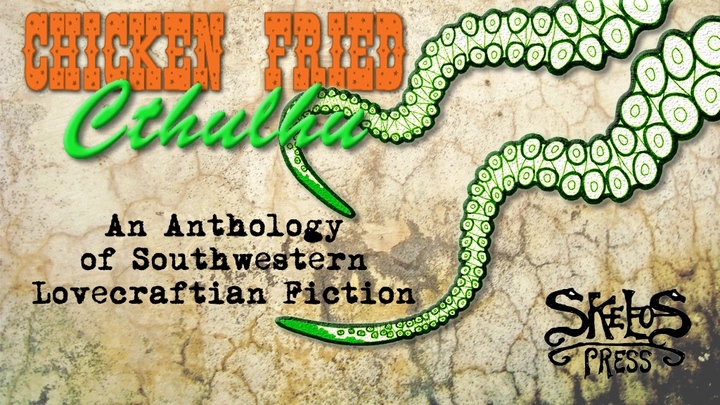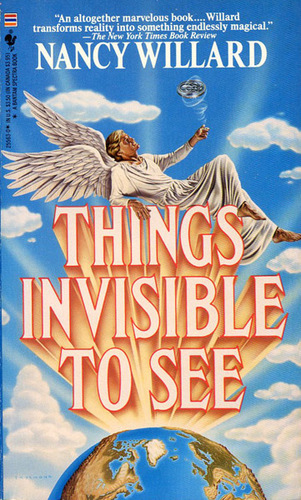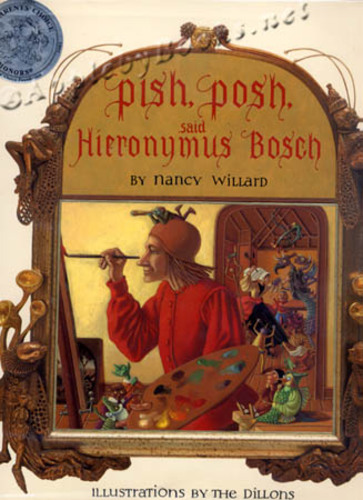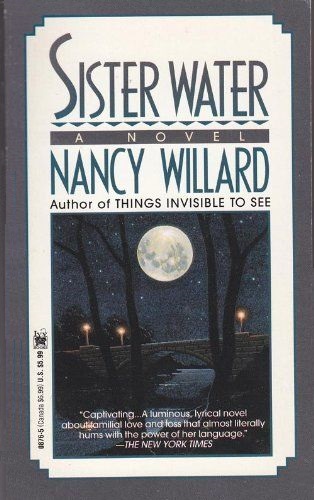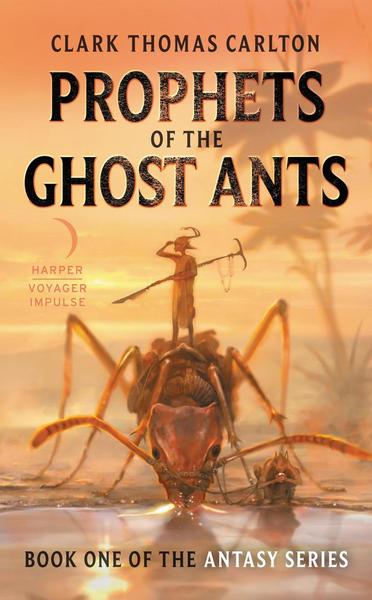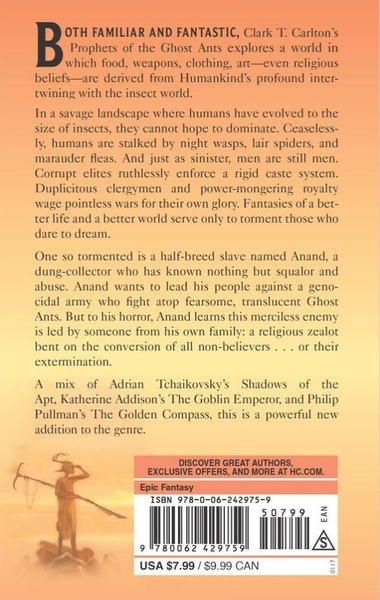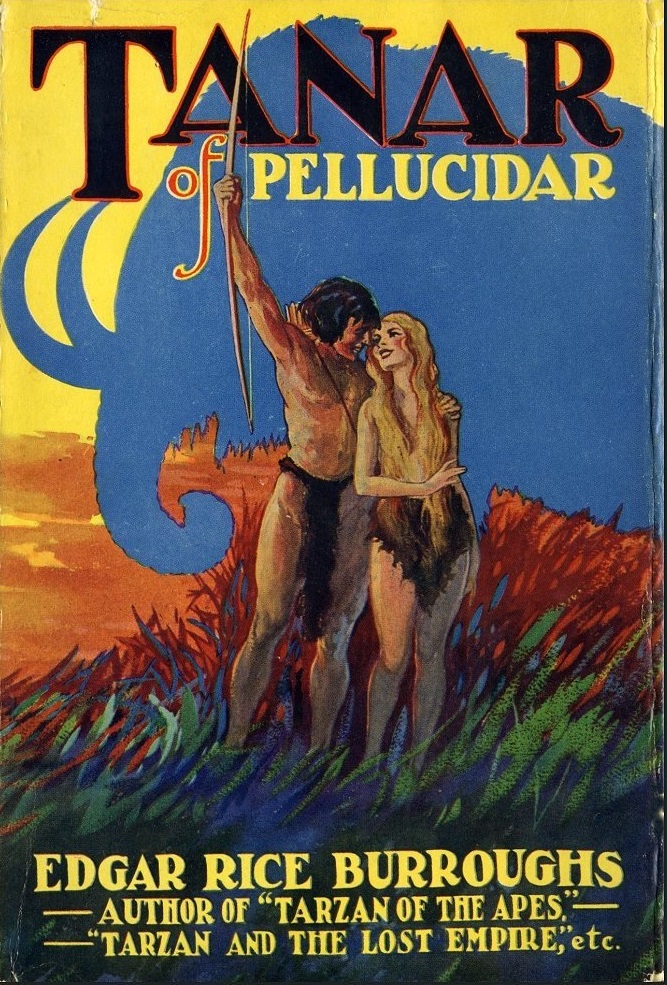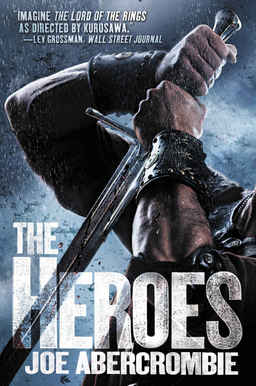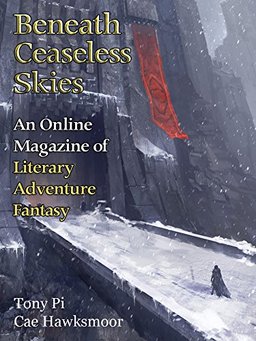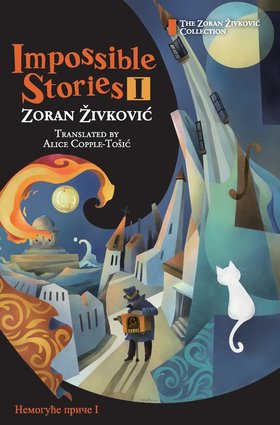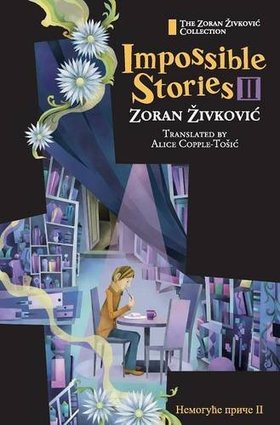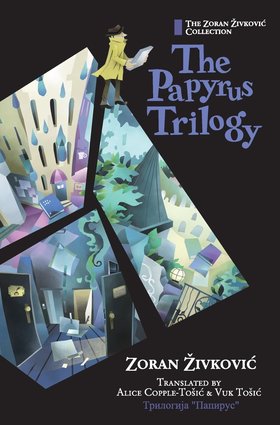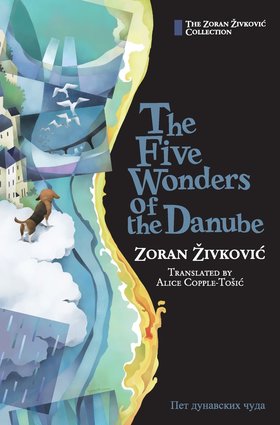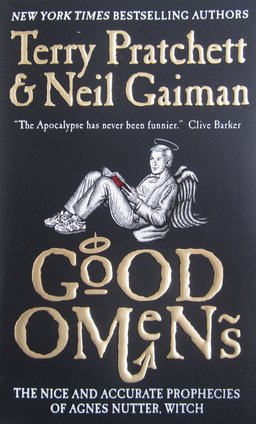Hugo Nomination Thoughts, 2017
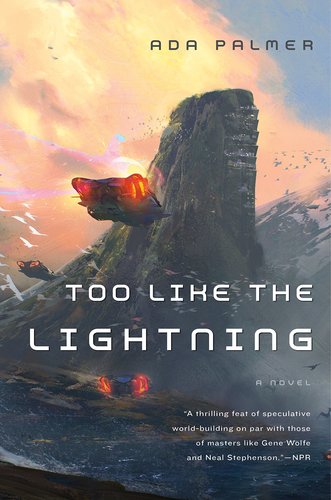 |
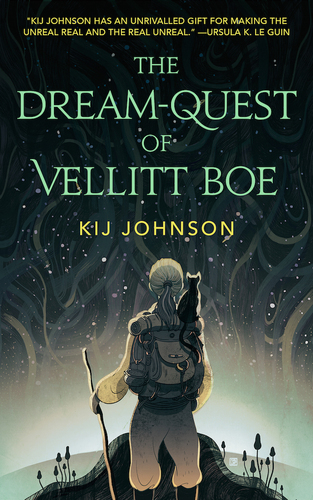 |
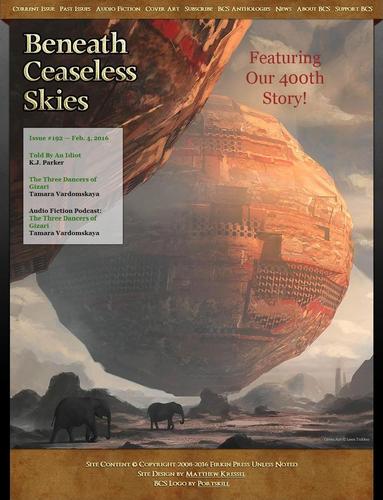 |
It’s that time again, right? Hugo nominations are open, and they will close on March 17th. I’ll be discussing most of the categories, but as usual, I’m better informed about short fiction than anything else.
I should mention going in that there have been some significant changes to the Hugos. There is a new Hugo Category, for Best Series. (I don’t like the idea much, but I’ll play along.) There is a new non-Hugo for Best Young Adult Book, up for ratification in Helsinki for a potential award next year. There are changes to the voting process: now there will be 6 nominees instead of 5 (though each nominator still just votes for 5), and the 5% rule (that each story on the final ballot must appear on 5% of the nominating ballots) has been eliminated. And the EPH process for counting the final votes has been approved. I won’t try to explain that – there are much clearer explanations than I could offer readily available.
One more note to begin with – though I participate with a lot of enjoyment in Hugo nomination and voting every year, I am philosophically convinced that there is no such thing as the “best” story – “best” piece of art, period. This doesn’t mean I don’t think some art is better than other art – I absolutely do think that. But I think that at the top, there is no way to draw fine distinctions, to insist on rankings. Different stories do different things, all worthwhile. I can readily change my own mind about which stories I prefer – it might depend on how important to me that “thing” they do is (and of course most stories do multiple different things!) – it might depend on my mood that day – it might depend on something new I’ve read that makes me think differently about a certain subject. Bottom line is, in the lists below, I’ll suggest somewhere between 5 and 8 or so stories that might be on my final ballot. Those will be in no particular order. And the other stories I list will all really be about as good – and I might change my mind before my ballot goes in.
